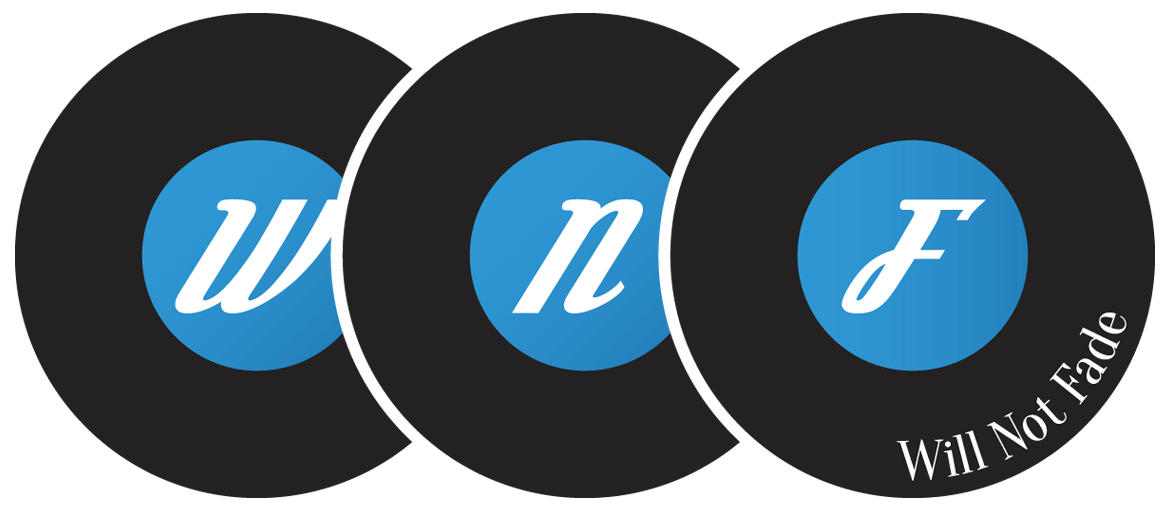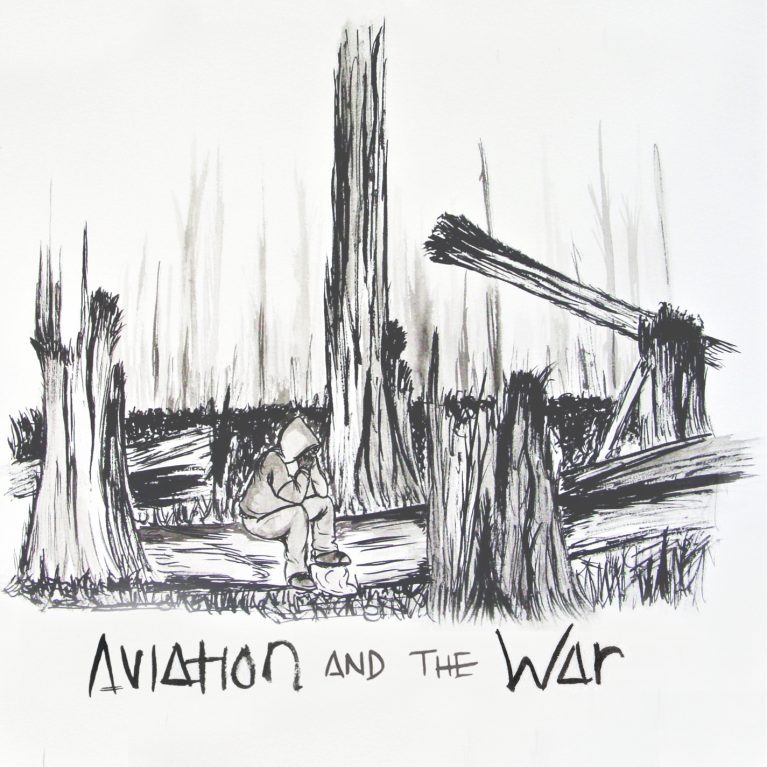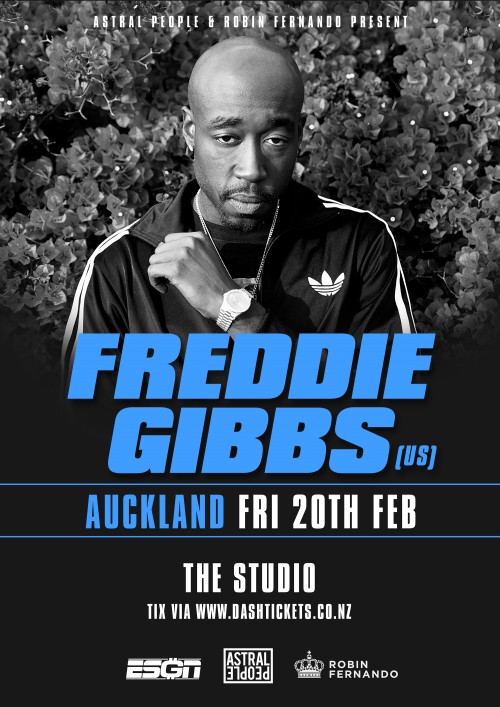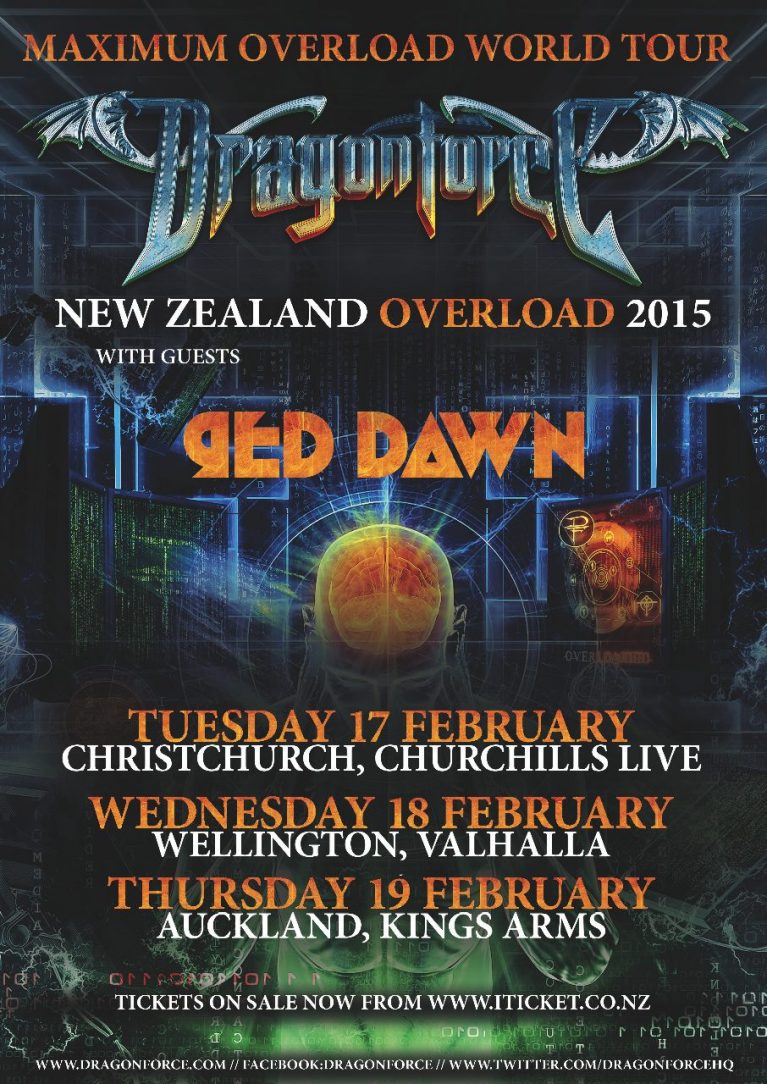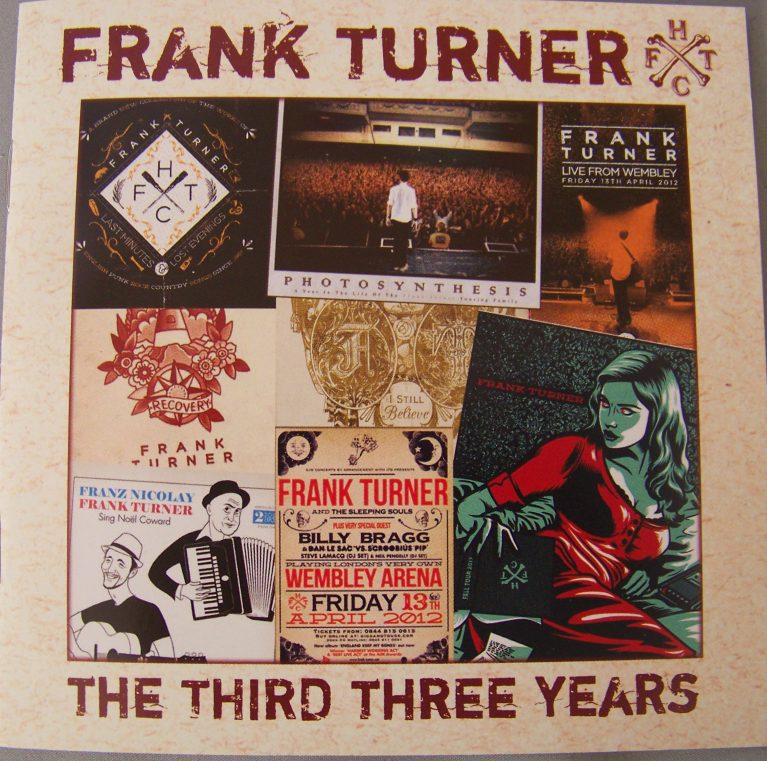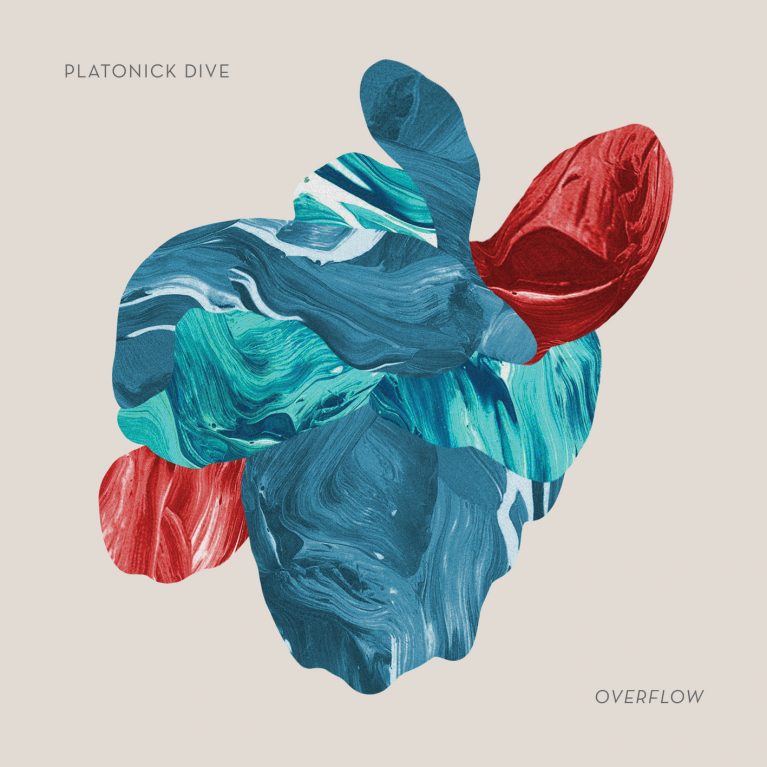Aviation and the War is an alternative indie duo from the Northwest Suburbs of Chicago. The two members are singer-songwriter Matt Buenger and drummer/percussionist Joe Christopoulos, two old school friends who share a love of hockey and music.
Although AATW only has two members, the album sounds like it has been recorded by a full band. The expected instruments of a rock band are present, such as drums, guitar, and vocals. Harmonica and piano also feature at times. The two friends are clearly very capable musos. They tell me that in live settings they will alter their set up to suit the venue. A smaller club will call for an acoustic guitar and piano, and at some larger places they bring in friends to fill in on bass and lead guitar.
The music is melancholic, but not depressing. Buenger tells me that songwriting is one of his processes when he’s in those kinds of moods.
One reason that I love this album so much is because it reminds me of Thrice’s Major/Minor. The same feelings are there – the melancholic grunginess juxtaposed with subtle moments of delicacy. And it is uncanny how much Buenger’s voice reminds me of Thrice singer Dustin Kensrue.
Other influences the band has mentioned are Manchester Orchestra and City & Colour, both of whom seem obvious when pointed out. There is a measured balance of a singer/songwriter pouring his heart out, while at the same time letting loose.
Take the song “Child’s Play”. It commences with basic acoustic strumming, before some lead picking adds another layer. Christopoulous’ drumming is very deliberate. He only plays in the sections he needs to, to add to the song. He taps on the drum hoops methodically at times, and wildly washes up the cymbals at others. The song builds and pauses and drops out dynamically. It’s all calculated, but not sterile.
Buenger and Christopoulos have spent two years making Haste. It is entirely self-written, self-managed, self-recorded and self-produced. They’ve taken their time honing their craft, perfecting their songs. Only the mastering is professionally done, courtesy of Alan Douches (a master master-er, from the looks of his résumé). And despite being homemade, there is nothing to give away that Aviation and the War is an indie project. The recording and musicianship are great, not something that I would usually associate with home studios and two-pieces. It certainly doesn’t sound cheap.
Haste has nine tracks that sound earnest and warm, with a touch of aching. The songs are written, recorded and played well. The singer/songwriter style makes for relaxed listening, but with enough rockiness and variety to keep it interesting.
You can find Aviation and the War on Facebook, Bandcamp and their Website.
Joseph James
